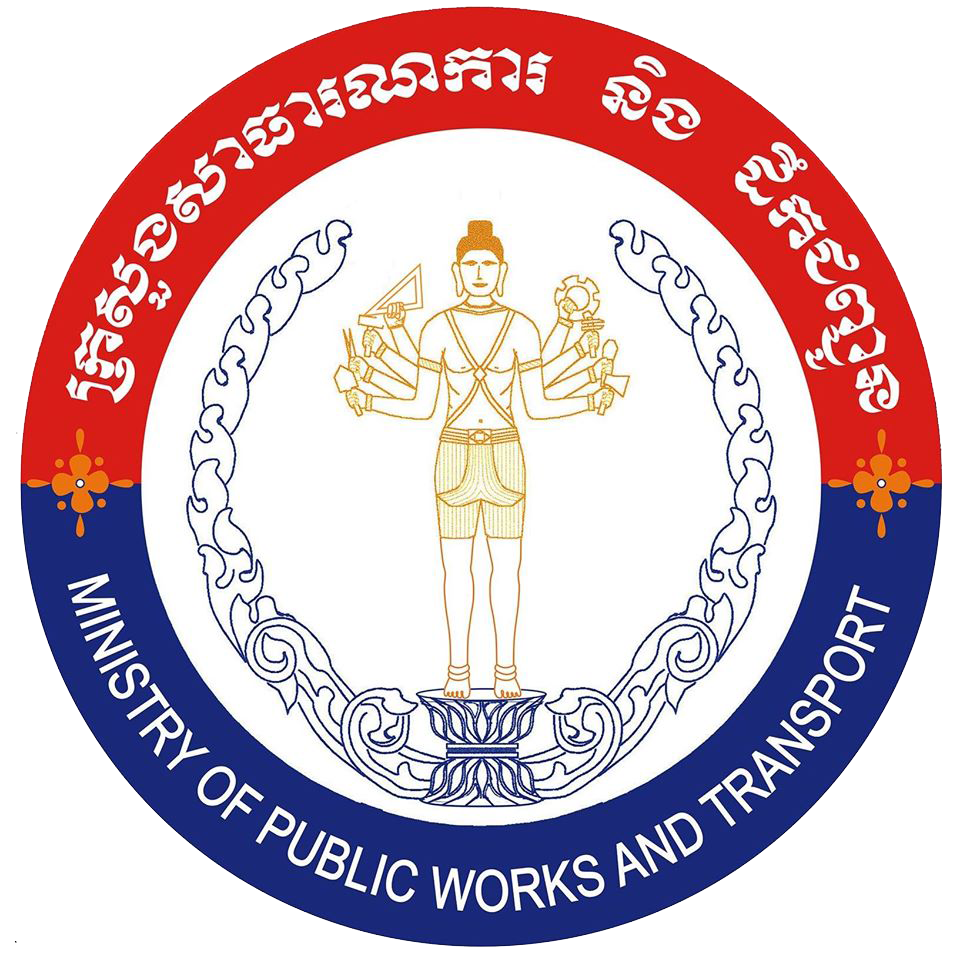- Home /
- Sectors /
- Service Provider Sectors /
- Dryports
Dryports
A dry port is an inland intermodal terminal directly connected by roads or railways to a sea/inland waterway port and operating as a center for the transshipment of cargoes. As a matter of principle, all the CIQ checks can be done at the dry port. In addition to their roles as cargo transshipment focal point, dry ports may also have facilities for storages/warehouses, container depots, the consolidation of goods (such as CFS/LCL), and maintenance of trucks and trailers. Therefore, dry ports can speed up flows of cargoes and contribute to the efficient movements of goods across countries.
In Cambodia, warehouse business remains underdeveloped. Dry ports are mainly owned by trucking companies (mostly CAMTA members) with the functions of custom clearance for international freights and warehouse facilities. All dry ports have ASYCUDA customs clearance system linking with the customs control directly. There are about 20 dry ports, among which, 14 locate in Phnom Penh, the remaining dry ports locate near Bavet and Poi Pet borders. A few of them offer LCL services, however, each dry port has its niche business market and trading partners and the competition among dry ports is not so intense. Containers could be sealed in all dry ports. The operations of dry ports are regulated under various customs related legislation, including Letter No. 1867 GDCE dated 12 September 2014, Letter No. 653 GDCE dated 02 August 2011, and Prakas No. 508 MEF dated 01 July 2008
